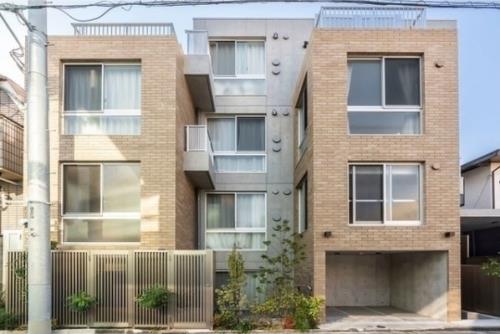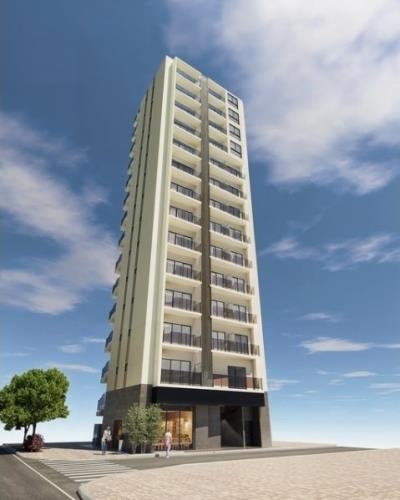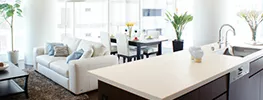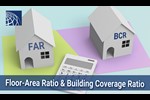Guide to Japanese apartment layout terms
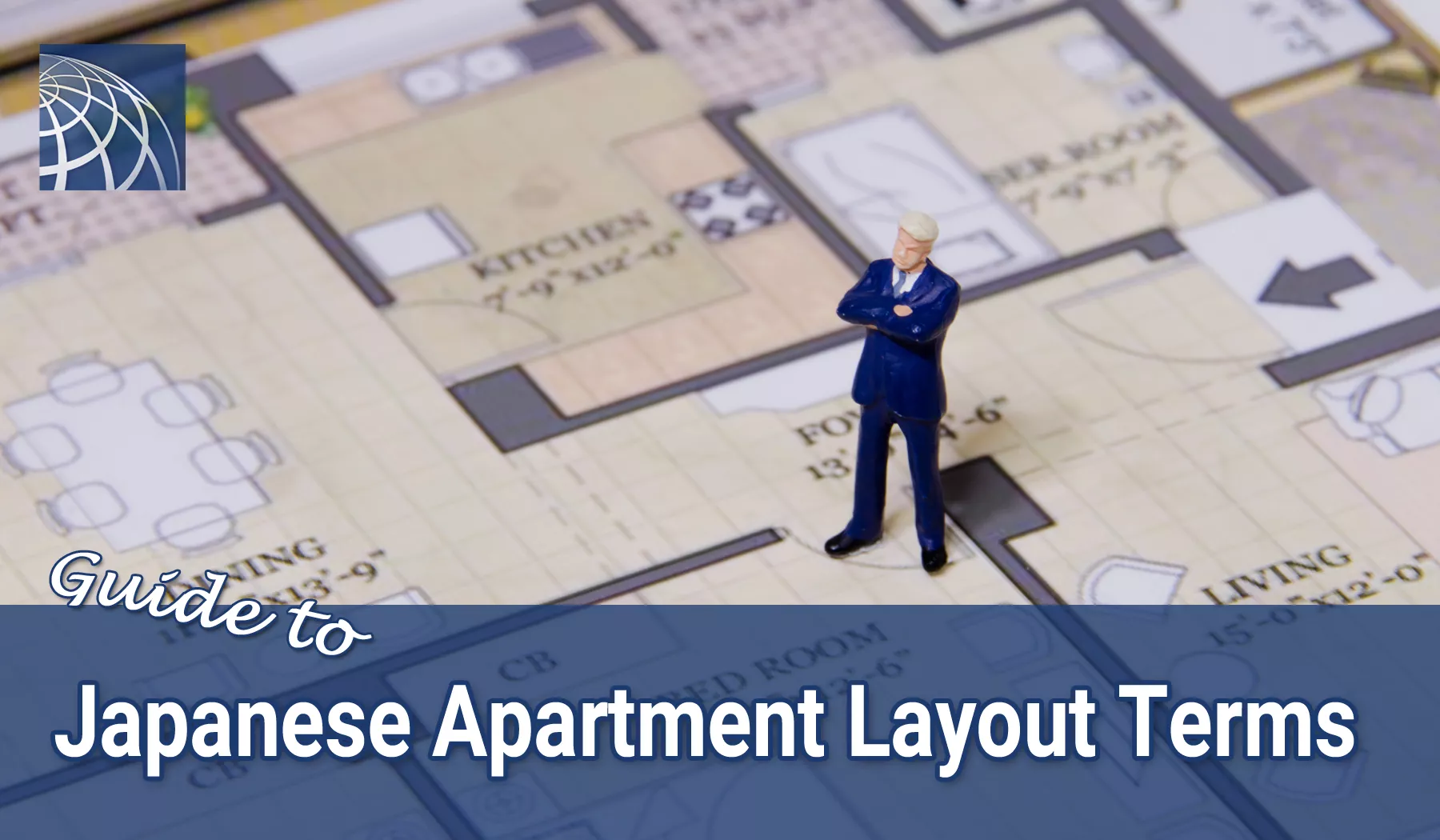
When renting a property in Japan, floor plans often use English or English abbreviations in their descriptions due to limited space, so you may not know what these would mean. We here, would like to explain the meaning of descriptions in floor plans as well as the difference between Japan and Euro-American countries. We also have an English website that has posted the same explanation.
1. Difference in descriptions of floor plans between Japan and Euro-American countries
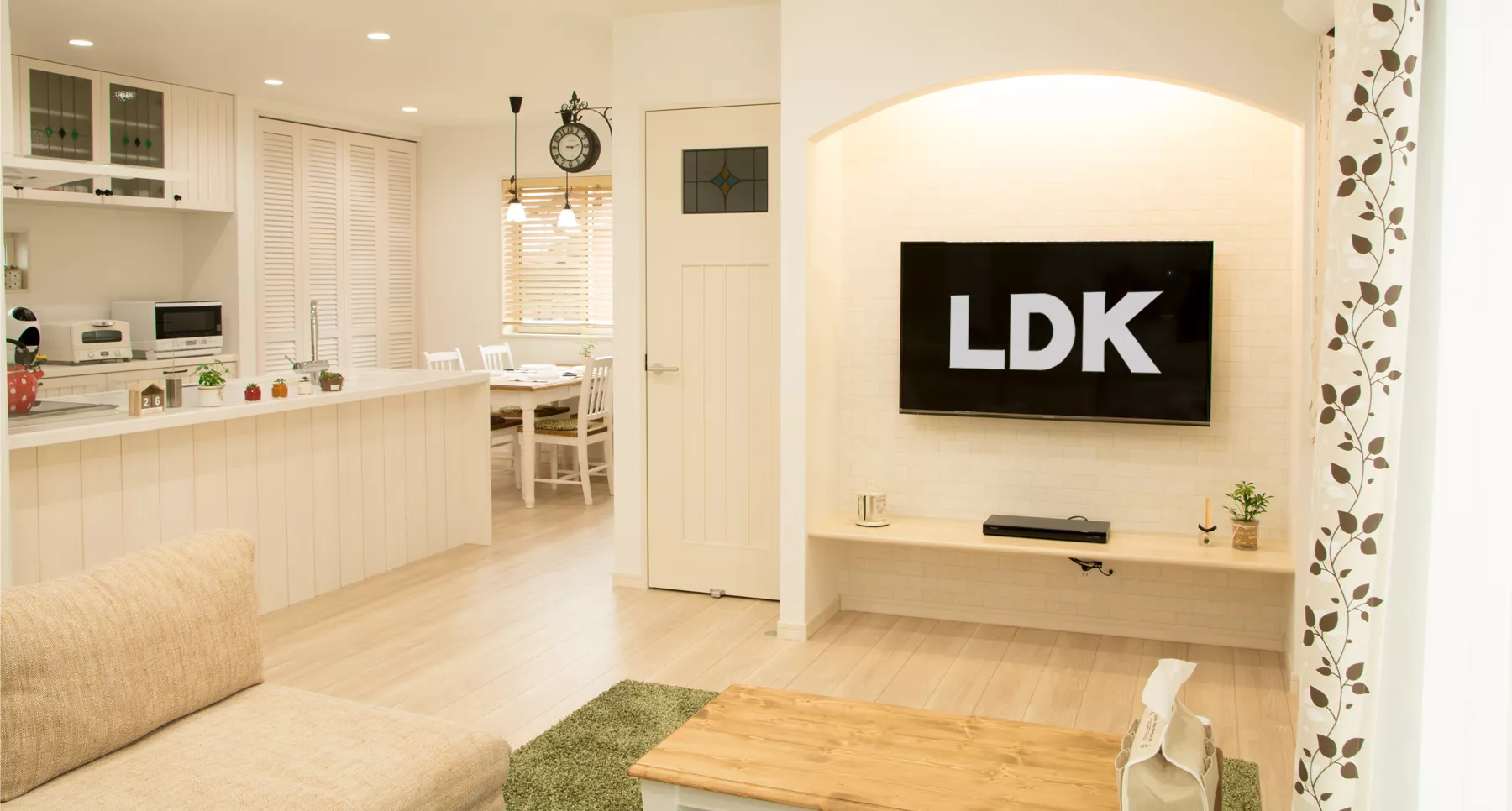
You may often see DK and LDK written on floor plans, but these expressions are unique to Japan, which were decided by the Ministry of Construction in 1951. Currently, the descriptions are defined by Real Estate Fair Trade Council of Federation as follows:
DK: Dining room with a Kitchen space
LDK: Living room, Dining room with a Kitchen space
Approximation of Minimum required space (Number of Tatami mats) (Lower limit)
| Number of rooms (bedrooms) | DK | LDK |
| 1 Room | 4.5 tatami mats | 8 tatami mats |
| 2 Rooms or more | 6 tatami mats or more | 10 tatami mats or more |
On the other hand, in Europe and the United States, they are expressed by using the number of bedrooms (as Bedroom(s)) instead of DK/LDK, and the number of bathrooms are also described in floor plans.
In addition, a set of a bathtub or shower and toilet is counted as 1 Bathroom, so if there is a toilet alone, it is described as 0.5 Bathroom or Powder Room. In the floor plans of our company, they will be written as 0.5 Bathroom.
| Description in Japanese | Description in English |
| One Room | Studio |
| 1LDK(1 Bedroom, 1 Toilet, 1 Bathtub) | 1 Bedroom +1 Bathroom |
| 1LDK(1 Bedroom, 2 Toilets, 1 Bathtub) | 1 Bedroom +1.5 Bathrooms |
| 2LDK (2 Bedrooms, 1 Toilet, 1 Bathtub) | 2 Bedroom +1 Bathroom |
| 2LDK(2 Bedroom, 3 Toilets, 2 Bathtubs) | 2 Bedroom +2.5 Bathrooms |
We, PLAZA HOMES, describe 1K (kitchen and bedroom only) and 1DK as Studio in English. We describe a tatami room as Tatami in English instead of Bedroom because it is a room unique to Japan.
Example) In the case of a unit with 1 western-style room and 1 tatami room:
Description in Japanese: 2LDK
Description in English: 1 Bedroom + 1 Tatami

- Furnished Monthly Apartments in Tokyo for Expats
- Fully furnished short-term rentals in Tokyo's expat areas
2. What kind of room can be counted as a bedroom?
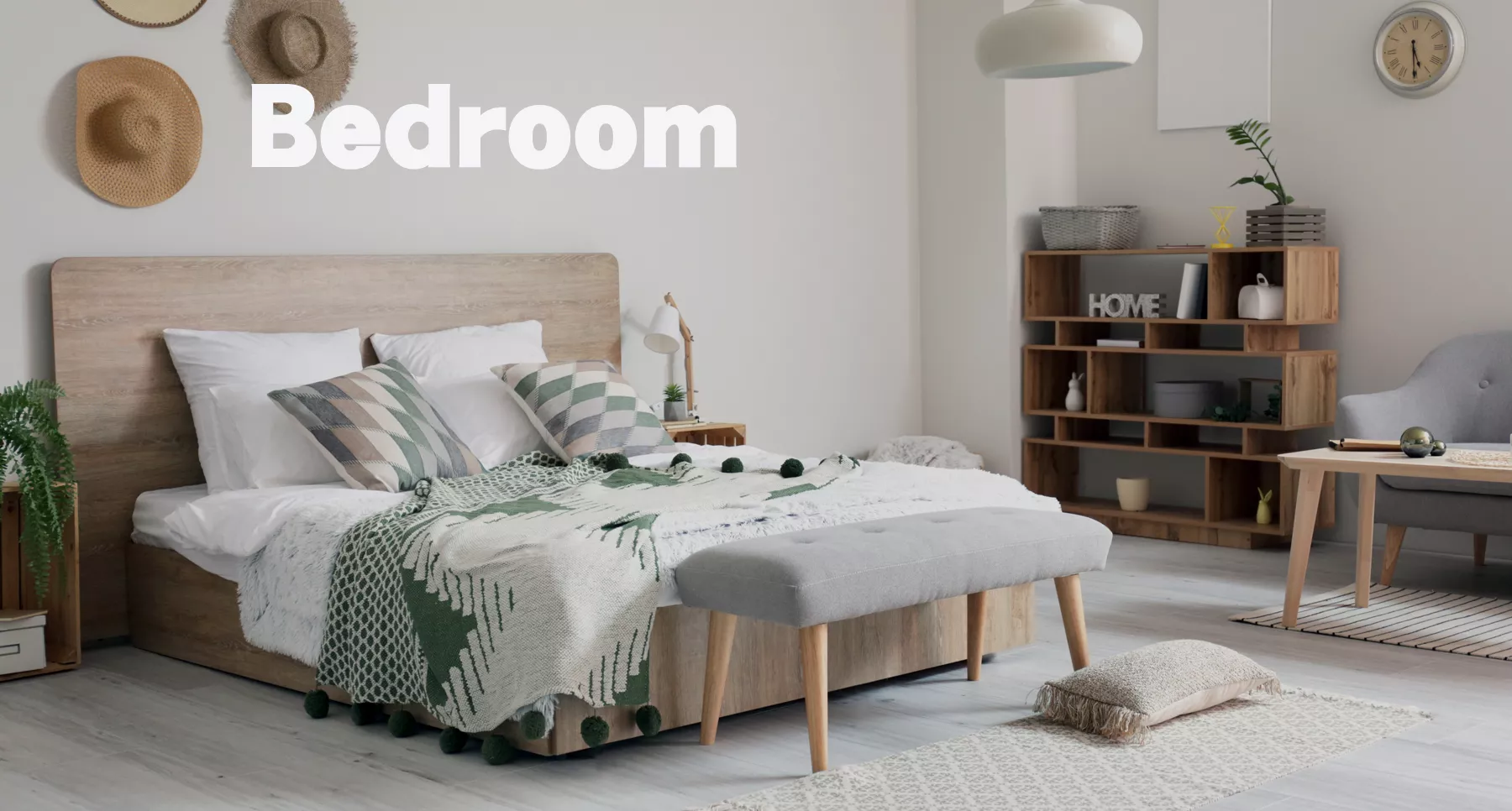
In floor plans, you may find a room description such as Storage Room or Service Room although it looks like a bedroom. Why is it called differently from a bedroom? This is because certain conditions must be met to be called a room, and there are two types of rooms, which are classified as “rooms” such as bedrooms and a kitchen space, and which are classified as "not rooms” such as an entrance, bathrooms, and toilets.
Room
A room that is continuously used for the purpose of living, working, entertainment, etc.
Requirements for Room
1. The size of the window for daylighting must be at least 1/7 of the floor area.
2. The size of the window for ventilation must be at least 1/20 of the floor area.
3. The height of the ceiling must be 2.1 m or more (if the ceiling is sloped, the average height is to be calculated)
A bedroom-like room that does not meet the above requirements is not a room that can be used as a living room, so it should be described as "Storage Room", but it is often described as "Service Room" or "Study (DEN)". There are no particular rules for difference in the name of each room, but it seems that it is often called "Service Room" for a larger room, "Study (DEN)" for a smaller room next to a living room, and "Storage Room" for much a smaller room.
* The "Service Room" and "DEN" may look like a bedroom on floor plans, but it may be inconvenient to use it as a normal room due to such factors as lack of an outlet or inability to install an air conditioner, so we recommend that you actually check such a room to see if it can be used as a bedroom.
3. Descriptions and Abbreviations of Floor Plans and their meanings
In alphabetical order, we have compiled the descriptions that often appear on floor plans. Some descriptions do not appear in Japan floor plans, but they often appear on floor plans for foreigners.
| Description in English or Abbreviations | Description in Japanese | Meaning |
| AC | Air conditioner | |
| Alcove | Alcove | |
| BR / Bedroom | Bedroom |
|
| CF / Cushion Floor | Cushioned Floor |
Rooms with polyvinyl chloride (PVC) flooring |
| CL / Closet | Closet |
|
| Corridor | Corridor |
|
| D / Dining | Dining room |
Dining room |
| DEN | Den, study room |
|
| DN |
Downward staircase |
|
| DS / Duct Space | Duct Space |
Spaces for pipes of air conditioning, etc. |
| Ent / Entrance | Entrance |
|
| EV / Elevator | Elevator |
|
| Family room | Family room |
A private space for relaxing only with your family (without visitors and guests) |
| Floor Heating | Floor heating |
|
| Foyer | Entrance hall |
Space in front of an entrance |
| Garage | Parking space |
|
| J | Number of tatami mats |
|
| K / Kitchen | Kitchen space |
|
| L / Living | Living room |
|
| Loft | Loft space |
Garret |
| Maid room | Maid room |
Room for maid |
| MB /Meter Box | Meter Box |
Places where gas, electricity, and water meters are installed |
| MBR / Master Bedroom | Master Bedroom |
The largest bedroom in a house or apartment |
| R / Refrigerator | Space for a refrigerator |
|
| S / Study | Study |
|
| SB / Shoes Box | Shoe box |
|
| SCL / Shoes Closet | Shoe closet |
Approx.1 tatami mat space for storing shoes |
| SCI / Shoes in Closet | Shoes in closet |
Approx.1 tatami mat space for storing shoes |
| SK / Slop sink | Slop sink |
Large sink for washing shoes and gardening tools |
| SR / Service Room | Service room |
|
| SR / Sun Room | Sunroom |
Grass-walled room |
| STR / Storage Room | Storage room |
Storage space |
| TR / Trunk room | Storage room |
|
| UB / Unit Bath | Modular bathroom |
3-unit type modular bathroom: 2-unit type modular bathroom: |
| UP |
Upward staircase |
|
| Void | open ceiling space |
|
| W / Washer | Waterproofed floor |
Place for washing machine |
| WC / Water Closet (Toilet/Lavatory/Restroom) | Toilet |
|
| WTC / Walk through Closet | Walk-through closet |
A type of closet with 2 entrances/exits that you can walk through |
| WIC / Walk in Closet | Walk-in closet |
A closet sized enough for people to walk in |
There are various notations other than these, but we have listed the ones that often appear on our floor plans. Please understand that our drawings are based on information provided by the owners and may differ from the descriptions shown here.

- Rental Apartments & Houses in Tokyo
- Listings of popular and luxurious rental apartments, condominiums, and houses designed with expats in mind.

- Apartments & Houses for Sale in Tokyo
- Listings of apartments, condominiums, and houses available for purchase in Tokyo.








